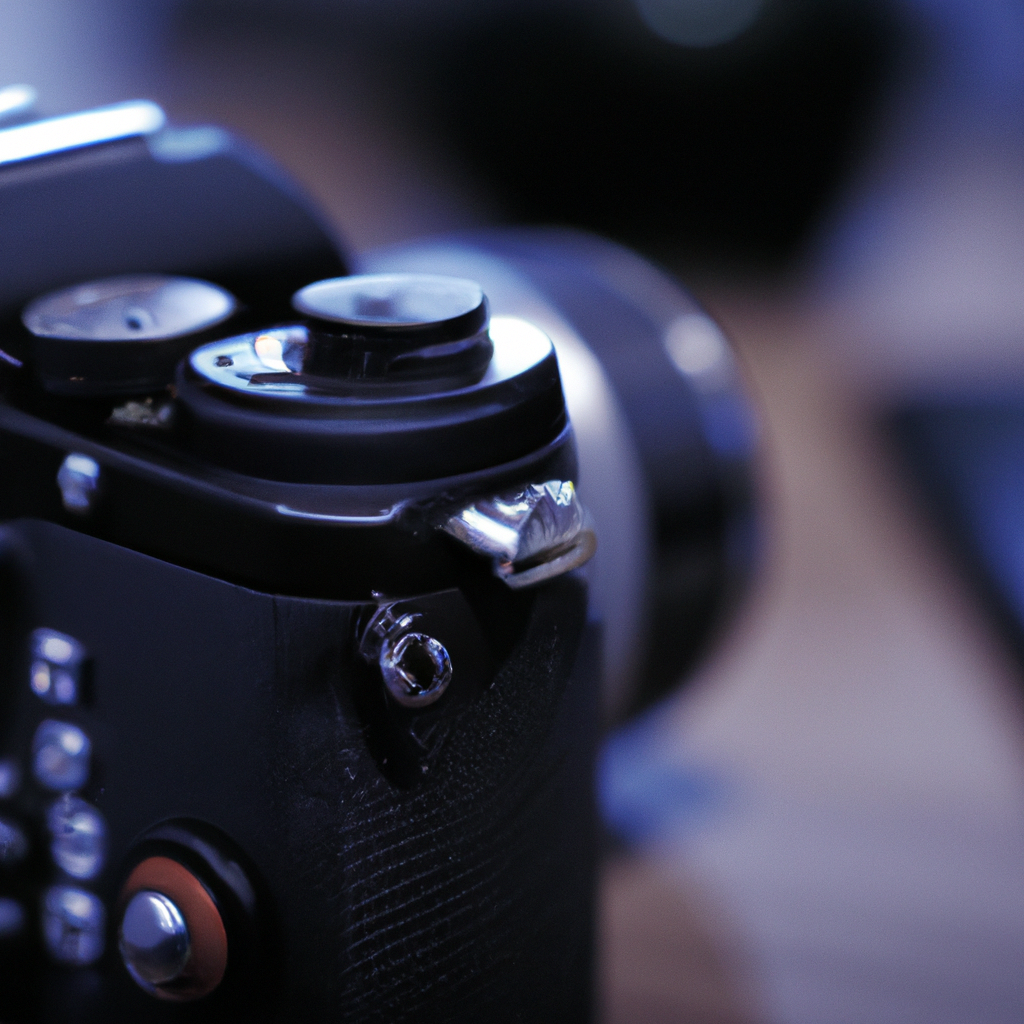Digital cameras have revolutionized the way we capture images. In the past, photography was restricted to film cameras, which required specialized film and processing techniques. However, with the introduction of digital cameras, photography has become more accessible and convenient. In this article, we will explore how digital cameras work, from the sensor to the shutter, aperture, and image processing.
Sensor Technology
The sensor is the heart of a digital camera. It is the component responsible for converting light into a digital signal that can be processed and stored. There are two main types of sensors used in digital cameras: CCD (Charge-Coupled Device) and CMOS (Complementary Metal-Oxide-Semiconductor). CCD sensors are commonly used in high-end digital cameras, while CMOS sensors are found in most consumer-level cameras.
The sensor is made up of millions of tiny light-sensitive cells called pixels. These pixels detect the light that enters the camera through the lens and convert it into an electrical charge. The size and number of pixels on the sensor determine the resolution of the image. The higher the number of pixels, the higher the resolution of the image. This is measured in megapixels.
Shutter and Aperture
The shutter and aperture are responsible for controlling the amount of light that enters the camera. The shutter is a mechanism that opens and closes to allow light to enter the camera. It is located in front of the sensor and is responsible for controlling the exposure time. The longer the exposure time, the more light that enters the camera, and the brighter the image.
The aperture is a circular opening in the lens that controls the amount of light that enters the camera. It works like the pupil in our eyes, getting larger or smaller depending on the amount of light present. The size of the aperture is measured in f-stops. The lower the f-stop number, the larger the aperture, and the more light that enters the camera.
Lens Technology
The lens is responsible for focusing the light that enters the camera onto the sensor. It is made up of multiple elements that work together to create a sharp and clear image. The quality of the lens determines the overall quality of the image.
Image Stabilization and Auto-focus
Image stabilization and auto-focus are two important features of digital cameras that help to improve the quality of the images. Image stabilization is a technology that helps to reduce camera shake and blur in images. It works by using sensors to detect camera movement and then adjusts the image to compensate for the movement.
Auto-focus is a feature that allows the camera to automatically focus on the subject in the frame. It works by using sensors to detect the distance between the camera and the subject. Once the distance is known, the camera adjusts the lens to achieve a sharp and clear image.
Image Processing
The final step in the digital camera process is image processing. This is where the digital signal from the sensor is converted into an image file that can be stored and viewed. The image processor is responsible for applying various enhancements to the image, such as adjusting the color, contrast, and sharpness.
Conclusion
In conclusion, digital cameras have revolutionized the way we capture images. They use advanced technology to capture, process, and store images. Understanding how a digital camera works, from the sensor to the shutter, aperture, and image processing, can help you to take better pictures and make the most of this amazing technology.







